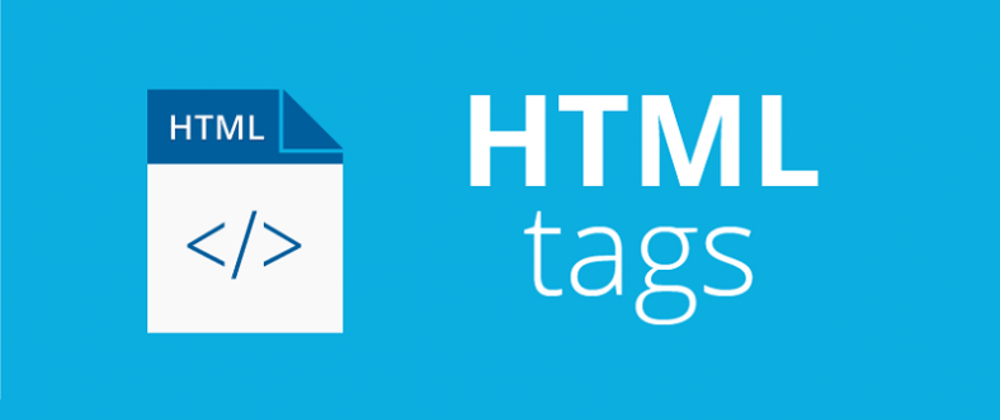It is used to represent a clickable button, used to submit forms or anywhere in a document for accessible, standard button functionality.
Inside a <button> element you can put text (and tags like <b>, <i>, <strong>, <em>, <br>, <img>, etc). That is not possible with a button created with the <input> element.
By default, HTML buttons are presented in a style resembling the platform the user agent runs on, but you can change buttons’ appearance with CSS.
autofocus
This Boolean attribute specifies that the button should have input focus when the page loads. Only one element in a document can have this attribute.
disabled
This Boolean attribute prevents the user from interacting with the button: it cannot be pressed or focused.
Firefox, unlike other browsers, persists the dynamic disabled state of a <button> across page loads. Use the autocomplete attribute to control this feature.
form
The <form> element to associate the button with (its form owner). The value of this attribute must be the id of a <form> in the same document. (If this attribute is not set, the <button> is associated with its ancestor <form> element, if any).
This attribute lets you associate <button> elements to <form>s anywhere in the document, not just inside a <form>. It can also override an ancestor <form> element.
formaction
The URL that processes the information submitted by the button. Overrides the action attribute of the button's form owner. Does nothing if there is no form owner.
A submit button with the attribute formaction set, but without an associated form does nothing. You have to set a form owner, either by wrapping it in a <form> or set the attribute form to the id of the form.
formenctype
If the button is a submit button (it's inside/associated with a <form> and doesn't have type="button"), specifies how to encode the form data that is submitted. Possible values:
-
application/x-www-form-urlencoded: The default if the attribute is not used. -
multipart/form-data: Use to submit<input>elements with their type attributes set tofile. -
text/plain: Specified as a debugging aid; shouldn’t be used for real form submission.
If this attribute is specified, it overrides the enctype attribute of the button's form owner.
formmethod
If the button is a submit button (it's inside/associated with a <form> and doesn't have type="button"), this attribute specifies the HTTP method used to submit the form. Possible values:
-
post: The data from the form are included in the body of the HTTP request when sent to the server. Use when the form contains information that shouldn’t be public, like login credentials. -
get: The form data are appended to the form's action URL, with a?as a separator, and the resulting URL is sent to the server. Use this method when the form has no side effects, like search forms.
If specified, this attribute overrides the method attribute of the button's form owner.
formnovalidate
If the button is a submit button, this Boolean attribute specifies that the form is not to be validated when it is submitted. If this attribute is specified, it overrides the novalidate attribute of the button's form owner.
This attribute is also available on <input type="image"> and <input type="submit"> elements.
formtarget
If the button is a submit button, this attribute is an author-defined name or standardized, underscore-prefixed keyword indicating where to display the response from submitting the form. This is the name of, or keyword for, a browsing context (a tab, window, or <iframe>). If this attribute is specified, it overrides the target attribute of the button's form owner. The following keywords have special meanings:
-
_self: Load the response into the same browsing context as the current one. This is the default if the attribute is not specified. -
_blank: Load the response into a new unnamed browsing context — usually a new tab or window, depending on the user’s browser settings. -
_parent: Load the response into the parent browsing context of the current one. If there is no parent, this option behaves the same way as_self. -
_top: Load the response into the top-level browsing context (that is, the browsing context that is an ancestor of the current one, and has no parent). If there is no parent, this option behaves the same way as_self.
name
The name of the button, submitted as a pair with the button’s value as part of the form data, when that button is used to submit the form.
type
The default behavior of the button. Possible values are:
-
submit: The button submits the form data to the server. This is the default if the attribute is not specified for buttons associated with a<form>, or if the attribute is an empty or invalid value. -
reset: The button resets all the controls to their initial values, like<input type="reset">. This behavior tends to annoy users. -
button: The button has no default behavior, and does nothing when pressed by default. It can have client-side scripts listen to the element's events, which are triggered when the events occur.
If your buttons are not for submitting form data to a server, be sure to set their type attribute to button. Otherwise they will try to submit form data and to load the (nonexistent) response, possibly destroying the current state of the document.
value
Defines the value associated with the button’s name when it’s submitted with the form data. This value is passed to the server in params when the form is submitted using this button.
Accesibility
Buttons that only show an icon to represent do not have an accessible name. Accessible names provide information for assistive technology, such as screen readers, to access when they parse the document and generate an accessibility tree. Assistive technology then uses the accessibility tree to navigate and manipulate page content.
To give an icon button an accessible name, put text in the <button> element that concisely describes the button's functionality.
<button name="favorite">
<svg aria-hidden="true" viewBox="0 0 10 10"><path d="M7 9L5 8 3 9V6L1 4h3l1-3 1 3h3L7 6z"/></svg>
Add to favorites
</button>
If you want to visually hide the button's text, an accessible way to do so is to use a combination of CSS properties to remove it visually from the screen, but keep it parsable by assistive technology.
However, it is worth noting that leaving the button text visually apparent can aid people who may not be familiar with the icon's meaning or understand the button's purpose. This is especially relevant for people who are not technologically sophisticated, or who may have different cultural interpretations for the icon the button uses.
Interactive elements such as buttons should provide an area large enough that it is easy to activate them. This helps a variety of people, including people with motor control issues and people using non-precise forms of input such as a stylus or fingers. A minimum interactive size of 44×44 CSS pixels is recommended.
Large amounts of interactive content — including buttons — placed in close visual proximity to each other should have space separating them. This spacing is beneficial for people who are experiencing motor control issues, who may accidentally activate the wrong interactive content. Spacing may be created using CSS properties such as margin.
To describe the state of a button the correct ARIA attribute to use is aria-pressed and not aria-checked or aria-selected.
Whether clicking on a <button> causes it to (by default) become focused varies by browser and OS. The results for <input> of type="button" and type="submit" are the same.
- Type: inline-block
- Self-closing: No
- Semantic value: No






Top comments (0)